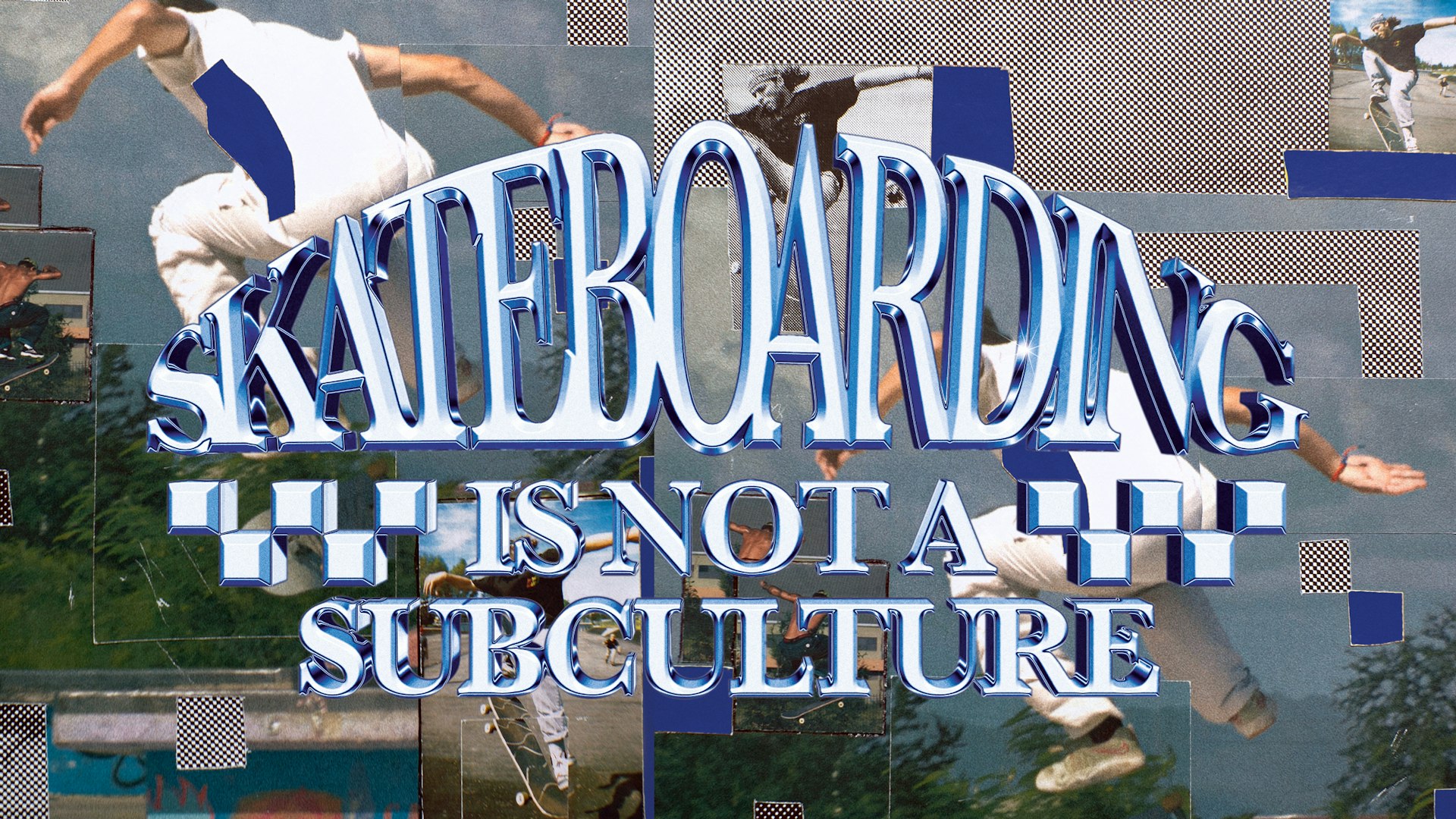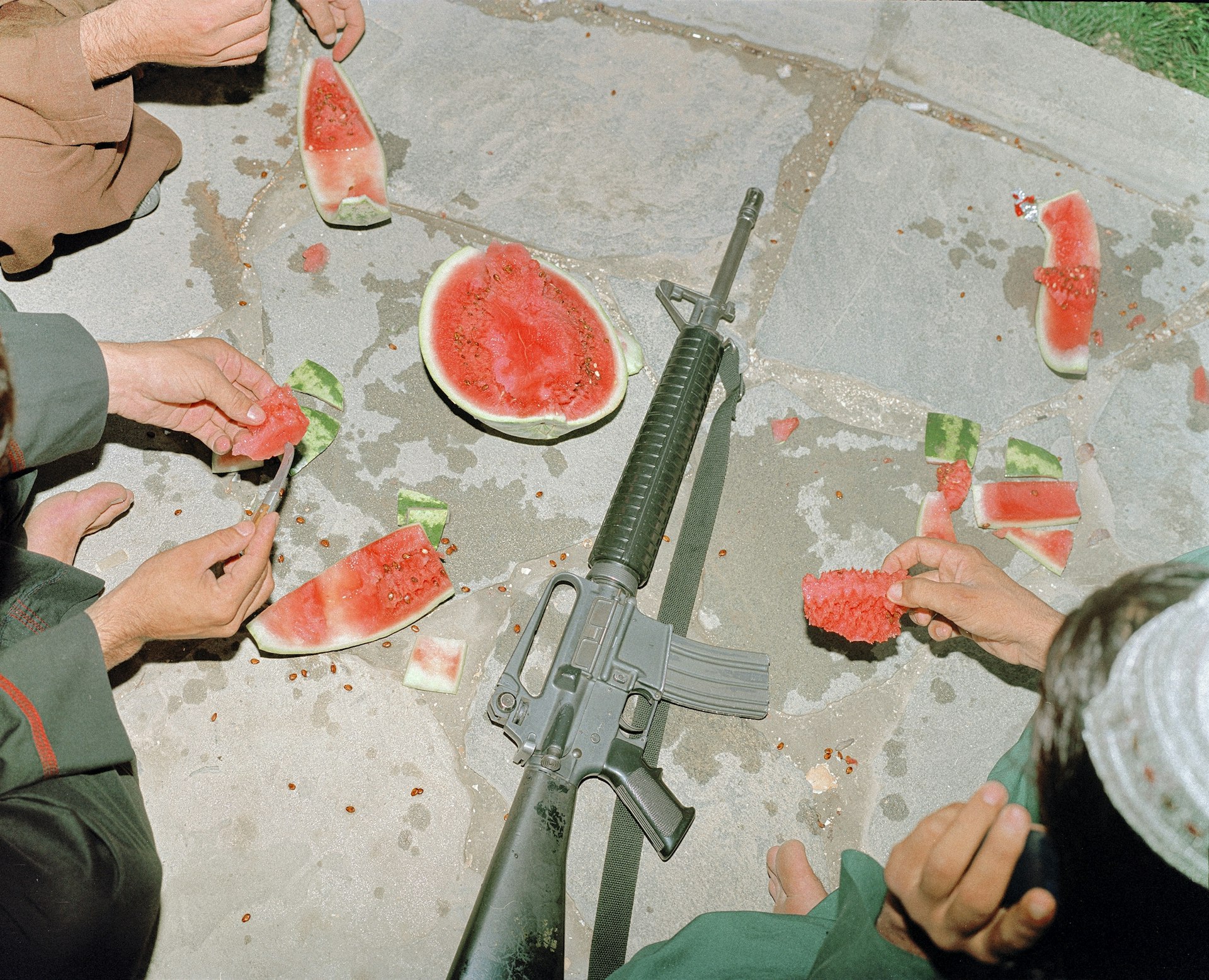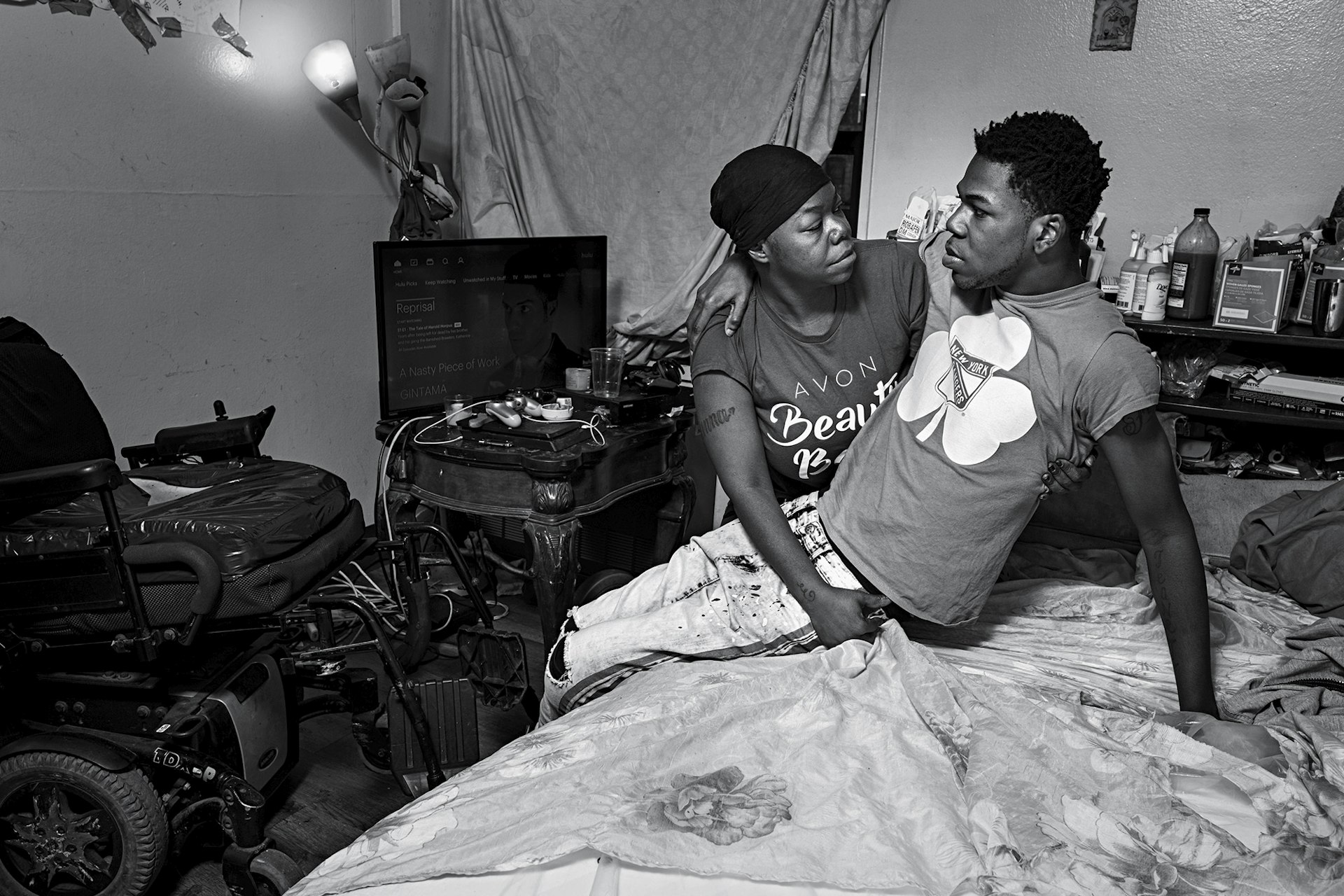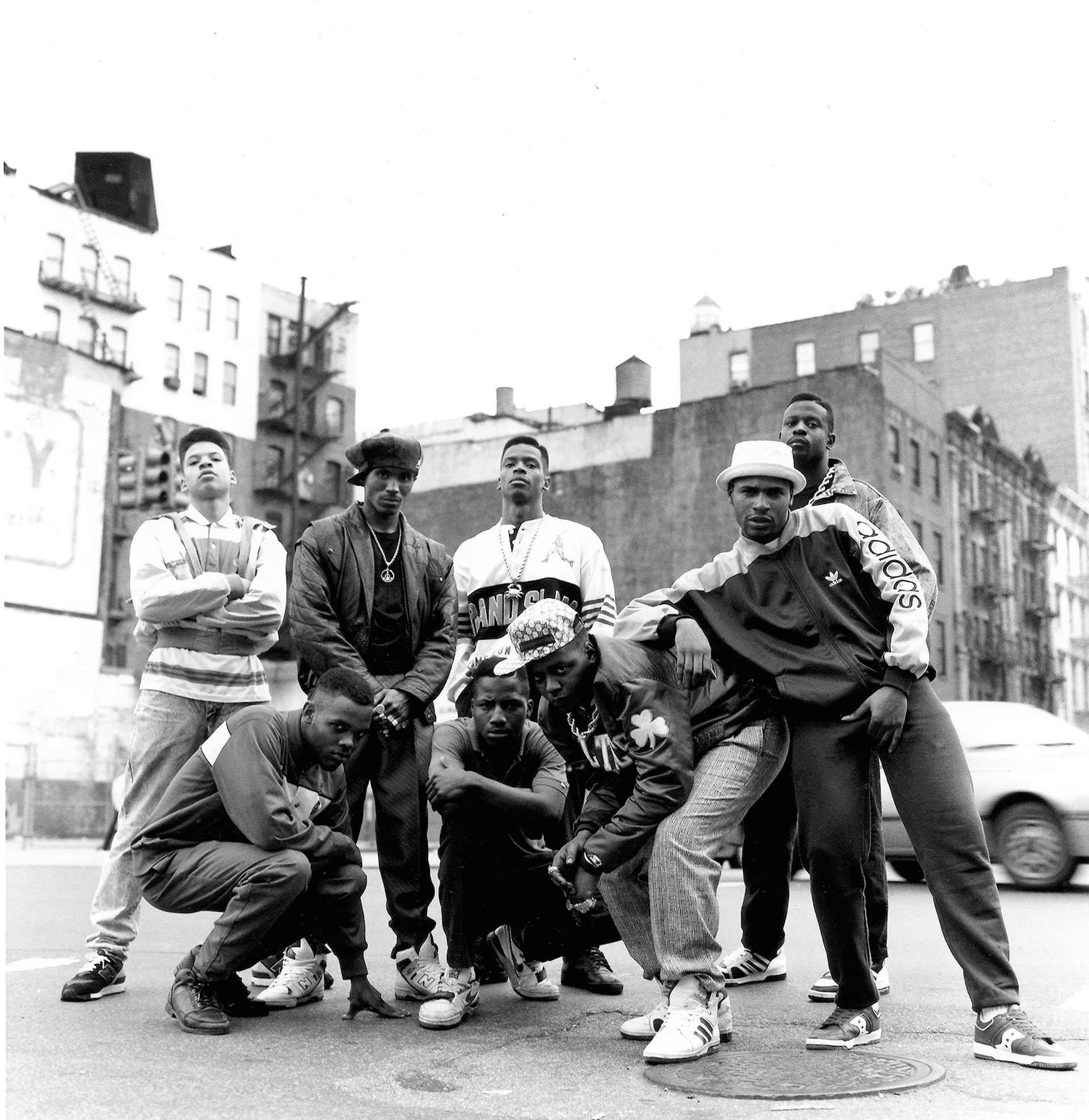The secret life of a 1980s house music manager
- Text by Miss Rosen
- Photography by Michele Saunders

House music manager Michele Saunders often talks about her childhood in France, where she remembers listening to her father play jazz records. The experience instilled in her a love of music that would become her guiding star.
In 1979, Saunders found her new home when she stepped inside Paradise Garage, downtown New York’s most illustrious nightclub. Heralded by legendary DJ Larry Levan (1954-1992), the Garage became the Mecca of New York’s house music scene, with Levan’s signature style transforming the nightlife experience forever.
Saunders became a regular on the dance floor, growing close to Levan and the dancers, artists, and celebrities who haunted the venue’s hallowed walls. One night in 1985, Keith Haring called Saunders into the DJ booth and introduced her to a young singer named Anthony Malloy, who had just performed live with the group Serious Intention.


“They had a major song called ‘You Don’t Know,’ which was one of the hymns of the Garage. Larry used to play it all the time at a peak of the night,” Saunders recalls. “Keith said, ‘I think you would be a great manager for him’ because he knew I wasn’t just somebody running around in a little tutu at the club.”
By day, Saunders worked as a photographer’s agent, representing Steve Hiett, John Launois, Art Kane, and Francis Giacobetti, as well as illustrators, stylists, and make up artists for icons like Diana Ross, Luther Vandross, Chaka Khan, and Elton John. Having produced and styled album covers and music videos herself, Saunders knew her way around the music industry.
“I met Anthony and it was love at first sight,” she says. “He was brilliant and sophisticated. We connected immediately. Even though I had never managed an act before, I felt like it was something I could do.”

Malloy, also a member of Temper and Anthony and the Camp, was on the verge of a major record deal. “Jellybean Benitez struck a deal with Warner Brothers for his own label and wanted to sign Anthony because he felt Anthony, Jocelyn Brown, and Man Friday, Larry Levan’s group, would represent the heart and soul of the dancefloor,” Saunders says.
With Saunders on board, everything took off. Saunders accompanied Malloy to all the clubs, doing everything from collaborating with Pat Field on his costumes to running sound check. Together, they hit up the city’s hottest clubs including Latin Quarter, Tunnel, 1018, Area, Palladium, and Zanzibar in New Jersey.
“Madonna opened for us at the Roxy,” Saunders says with awe more than 30 years later. “Everything fell into place and I was loving it. I wasn’t a manager just to make money as a manager. I was there because I loved what they did. House music was my life.”
After Malloy was signed, everything took off. “We started travelling. There was a lot of money, limos, alcohol, and drugs.” But Saunders was not so easily impressed. “It became maybe a little less enjoyable than when it was really raw, when I would collect $2,000 in one-dollar bills from the bar at four in the morning.”





Follow Miss Rosen on Twitter.
Enjoyed this article? Like Huck on Facebook or follow us on Twitter.
Latest on Huck

“I refuse to accept child poverty is a normal part of our society”: Apsana Begum MP on voting to scrap the cap
After seeking to “enhance” the King’s Speech by voting for the scrapping of the controversial two child benefit cap, the MP for Poplar and Limehouse lost the Labour Whip.
Written by: Apsana Begum

Is skateboarding really a subculture anymore?
With skate’s inclusion in the Olympics, Kyle Beachy asks what it means for the culture around the sport, and whether it’s possible to institutionalise an artform.
Written by: Kyle Beachy

Autism cannot be cured — stop trying
A questionable study into the ‘reversal’ of autism does nothing but reinforce damaging stereotypes and harm, argues autistic author Jodie Hare.
Written by: Jodie Hare

Bristol Photo Festival returns for second edition
After the success of it’s inaugural run, the festival returns this autumn with exhibitions, education and community programmes exploring a world in constant motion through still image.
Written by: Ben Smoke

Documenting the life of a New York gang leader paralysed by gun violence
New photobook ‘Say Less’ is a complex yet humanising look into a life wrecked by gun violence and organised crime.
Written by: Isaac Muk

The woman who defined 80s Hip Hop photography
A new exhibition brings together Janette Beckman’s visionary and boundary pushing images of an era of cultural change and moral panic.
Written by: Miss Rosen